I (Allegedly) Saw a Ghost in a Haunted Antiques Store
When it comes to ghosts, though I would describe myself as agnostic, I am very, very far on the skeptic end of the scale. With apologies to anyone who has ever told me they’ve encountered one, I 100 percent do not believe anyone who says they’ve encountered a ghost.
I use the “agnostic” description because I have, on two occasions, had experiences that I can only explain as being paranormal. One time, when I was about 12, I saw a classic Fatso/Stinkie/Stretch-type see-through white shape outside my bedroom. Then, a few years later, while out in the countryside in England, I heard an entire conversation originate from an area that contained no people. I’ve considered every possible scenario, and can think of no earthly explanation. As irrational as this is, I am not willing to apply the same logic to anyone else’s experiences.
So when I found out that something called the Haunted Antiques Paranormal Research Center had opened in my hometown of Hinckley in Leicestershire, I decided to book a visit to see if I could rid myself of my hypocrisy and make myself a full believer.
It opened in March in a third-floor office space in the town center. Its founder, Neil Packer, was on vacation, so I got a tour from Hayley Cheshire, one of the center’s volunteers.
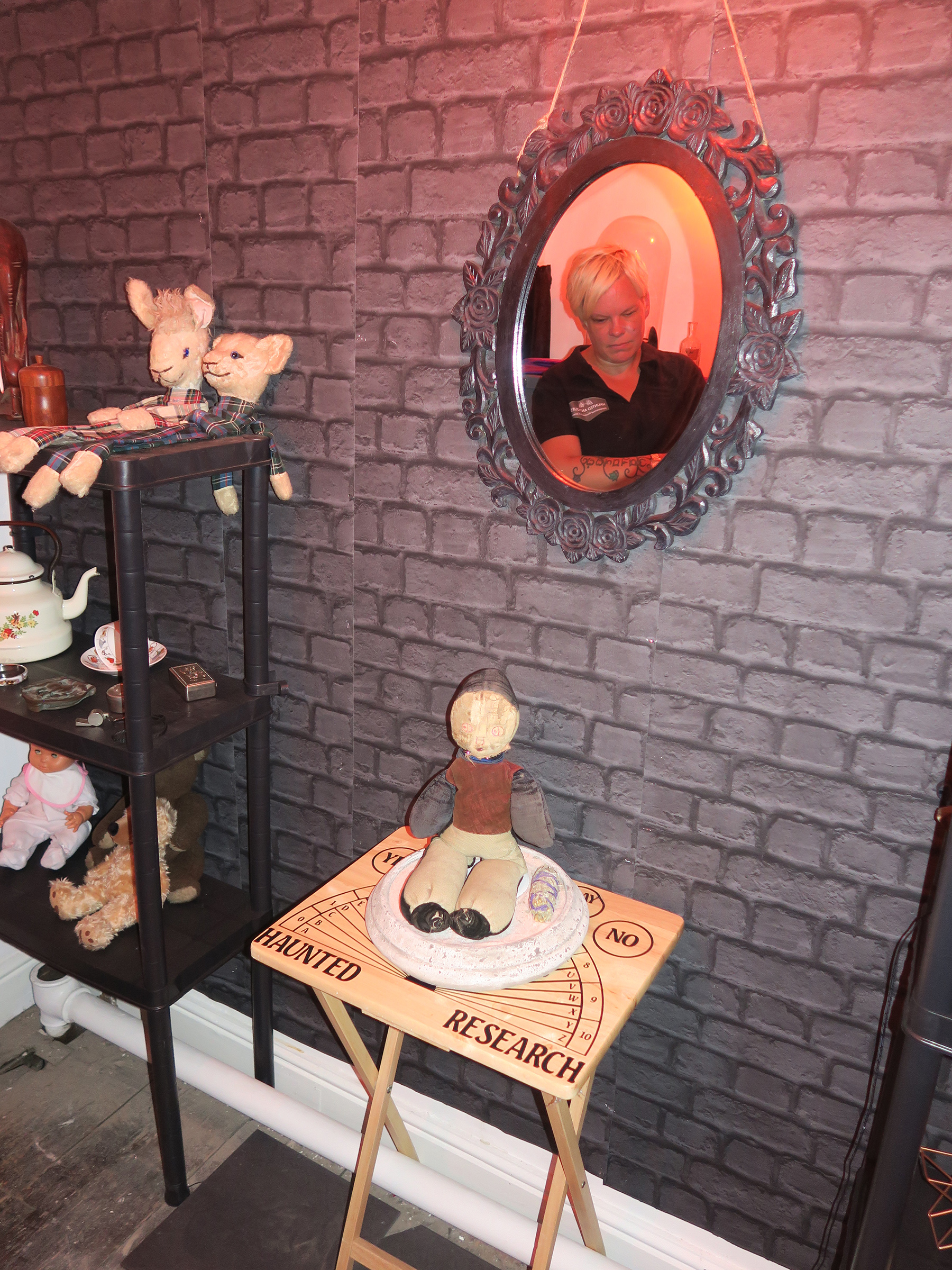
It takes up several rooms. There’s a seance room, an occult room, a main museum area filled with shelves of haunted objects, and a tea room/gift shop that sells instant coffee and dreamcatchers and unicorn knickknacks. Though none of the haunted antiques had a price tag, Cheshire told me they’d sell almost anything in there for the right price.
She started my tour with a clown doll that a medium told her contains the spirit of a little boy named Bob. According to the medium (technically, his spirit guide Jonas), Bob lived in an orphanage and the clown was the only thing he owned. “He didn’t want to leave to go to the other world or heaven or whatever you want to call it because he didn’t want to leave his clown behind,” Cheshire told me.
There was also a Bible that, Cheshire said, had actually physically harmed her during a seance. Another staff member apparently saw a “triangle of energy” emerge from the Bible and stab her in the heart. “It just spread all across my chest, this horrible feeling of breathlessness,” she said.
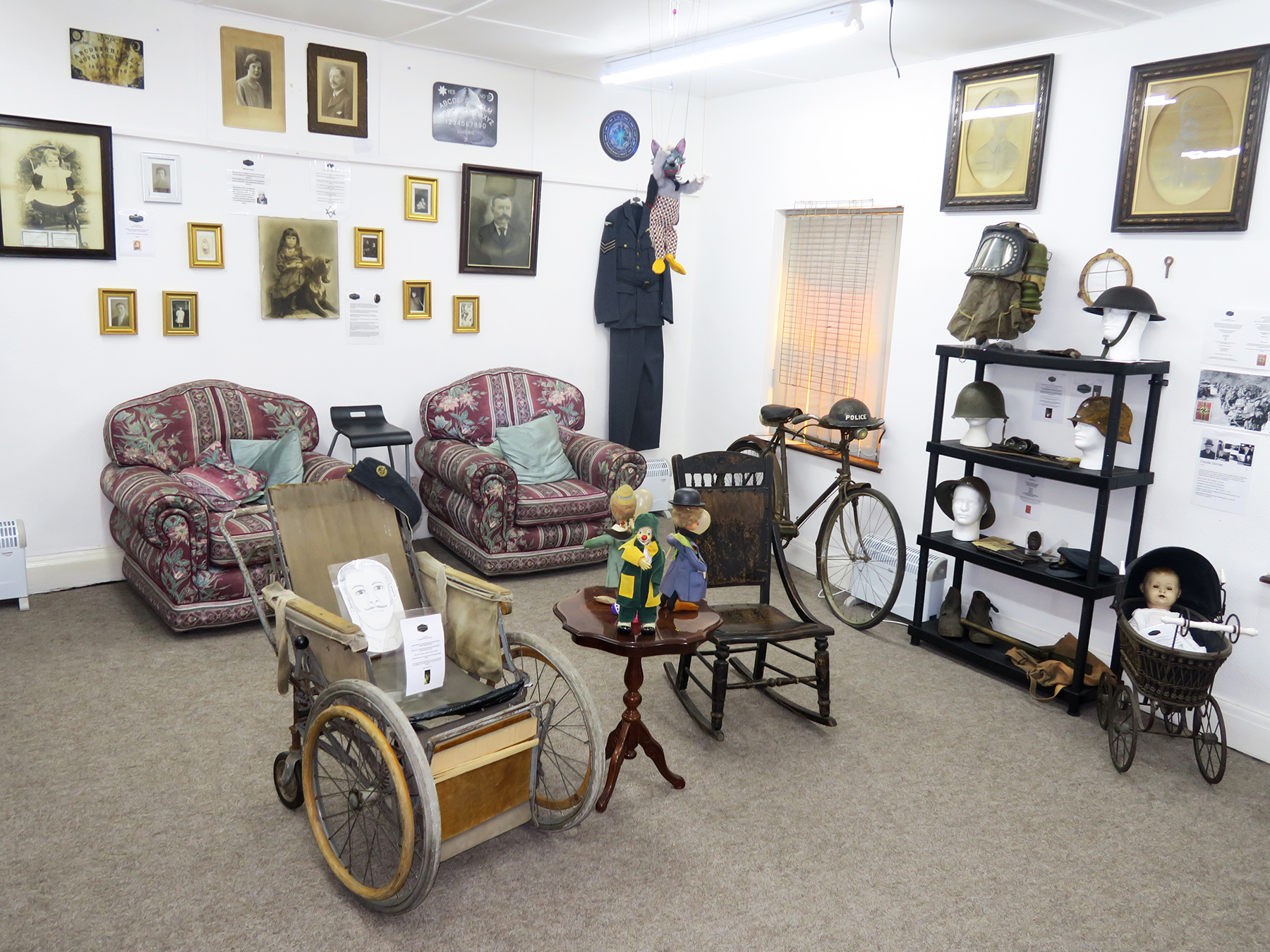
Her favorite item in the collection is a haunted wheelchair, that, she said, was used in a military hospital during World War II and is contains the spirits of the many dying men who touched it. “I absolutely love it,” she said. ”People sit in it and they feel like their leg has gone cold. For me, I felt like my chest was really heavy like I had a chest infection.”
She told me that it had recently appeared on the British morning show This Morning, where the host, Philip Schofield, had sat in it.
“What if Philip Schofield dies and starts haunting the wheelchair?” I asked.
“That would be amazing!” she replied.
As I toured, I became a little confused by the “research center” part of the Haunted Antiques Paranormal Research Center name. Though Cheshire used the language of a researcher (“research,” “proof,” “experiment”) the center’s methods are, for the most part, not all that scientific.
All of the research she described to me centered around people (mediums, staff, or customers) holding the objects and say what they feel. “We don’t rule out anything,” she said. “If you were to say to me, ‘Oh my god, I can see a ghost in the corner,’ I would say, ‘Oh, that’s really cool, I can’t see it, but I don’t disbelieve you.’”
She did tell me she had some scientific equipment she’d show me later.
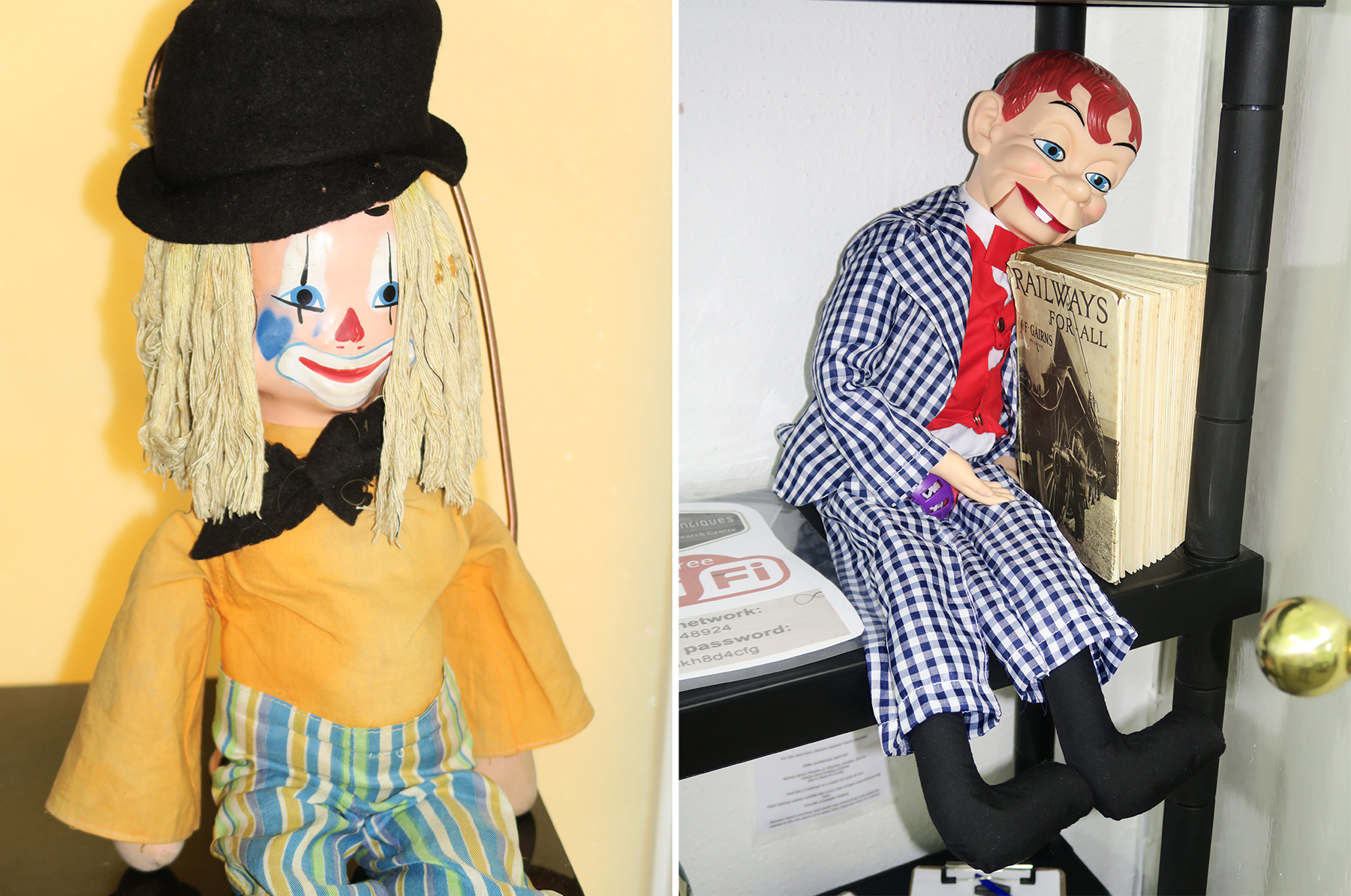
All of the haunted objects at the center had something in common with all the haunted objects I’ve seen online: They’re always traditionally creepy. It’s always a fucked-up wheelchair from a military hospital or an orphan’s creepy clown. Somehow the ghosts never get stuck inside a packet of mayonnaise from the bottom of a kitchen drawer.
“Why do you think it is that there’s never a Frozen Blu-ray that’s haunted or like, a bag of M&M’s?” I asked when we were somewhere between the withered monkey paw and the shelf of old-timey surgical implements.
“Just because it’s so old, the amount of people that have touched it and left an impression on it, the trauma and the energy that they must have given off I just think that there’s more of a possibility for something like that to hold on to energy,” she said. Which made sense, I guess.
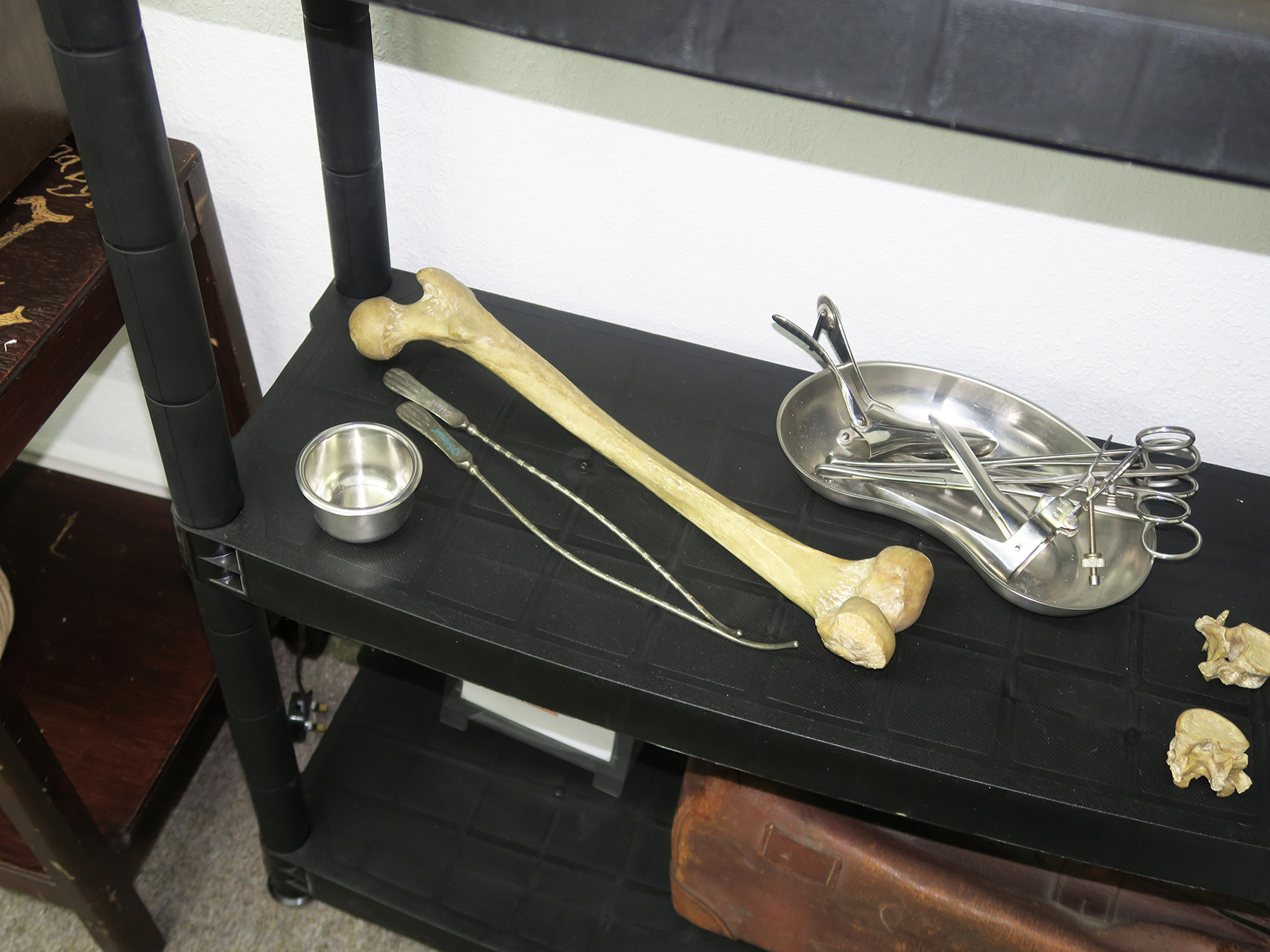
In my quest to be haunted, I went into a dead-end stairwell that’s out of bounds to both visitors and staff.
“We’ve been told by different mediums there’s a negative energy at the bottom of these stairs,” said Cheshire. “Hence why they’re blocked off.”
She said some of their ghost-detecting equipment had picked up spirits fighting on them, and a medium had once sensed the spirit of a cobbler (as in a shoemaker, not a pie). “Neil won’t let anyone go down there on their own, just in case,” she said. “We don’t know what this negative energy is capable of… We are just treating it with respect. Apparently the other spirits aren’t letting it come up, they’re keeping it down there.”
I asked if I could go down. To my surprise, she said yes.
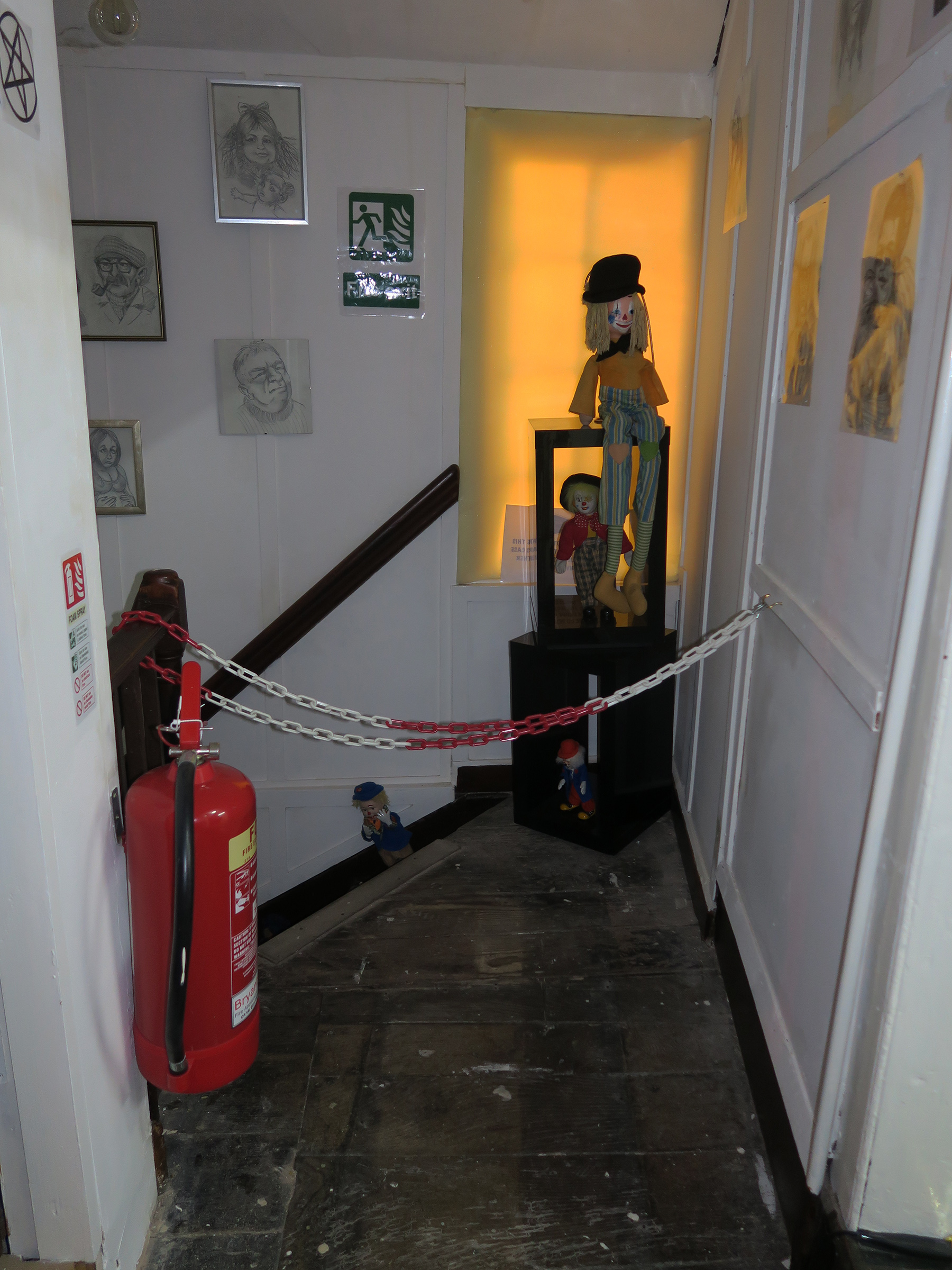
As skeptical as I was about the whole endeavor, stepping over the chain at the top of the stairs and walking down into the darkness was genuinely scary. The creepiness of my descent was probably enhanced by the fact that the walls of the staircase were covered with sketches of spirits done by mediums, and each step had a little clown doll sitting on it.
At the bottom of the stairs was a locked door. Which was also creepy. But at the top of the frame was a gap just big enough for me to see through to the other side.
Looking through, I saw what appeared to be the (very well-lit) break room for the home carer company the center shares a building with. On the wall was a poster that read “Coffee Is My Soulmate.” Which dissipated the terror a bit.
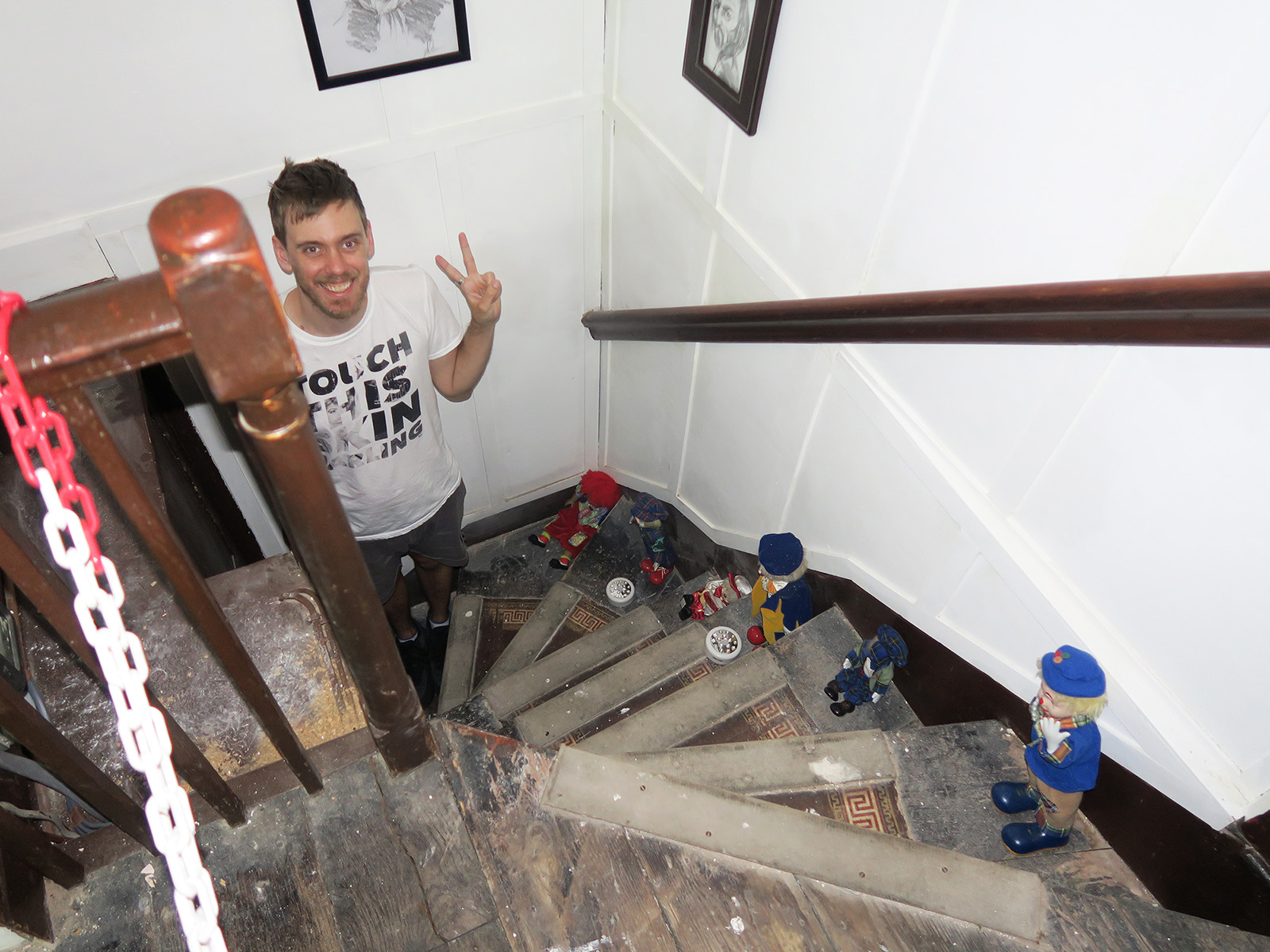
I went around the center, continuing my quest to meet a spirit. I sat in the wheelchair and stroked the evil Bible. I touched everything I could, including human bones, a bottle of dirt from Sharon Tate’s yard, and a death mask.
There was a voodoo doll that’s kept under glass because, Cheshire said, it’s made numerous people sick after they’ve held it. “As soon as you take the lid off of it you can feel the energy,” she said. I took it out and cuddled it.
I felt nothing.
But then, toward the end of my visit, a ghost finally decided to pay me some attention via one of the promised pieces of scientific equipment.
On a shelf at one end of the main room was a laptop hooked up to an XBox Kinect camera. It was running through some kind of software that shows you a live image of what the camera is detecting. It had two displays, one showing a heat reading (like what a Predator sees) and the other showing a wireframe skeleton over each person in the shot.
Cheshire told me that the camera had, on multiple occasions, applied the wireframe skeletons to areas where no people were present. This is because, an explanatory sign said, the camera projects a million infrared beams to detect changes in depth, so is able to detect human presences invisible to the naked eye.
While she was explaining it to me, this happened:
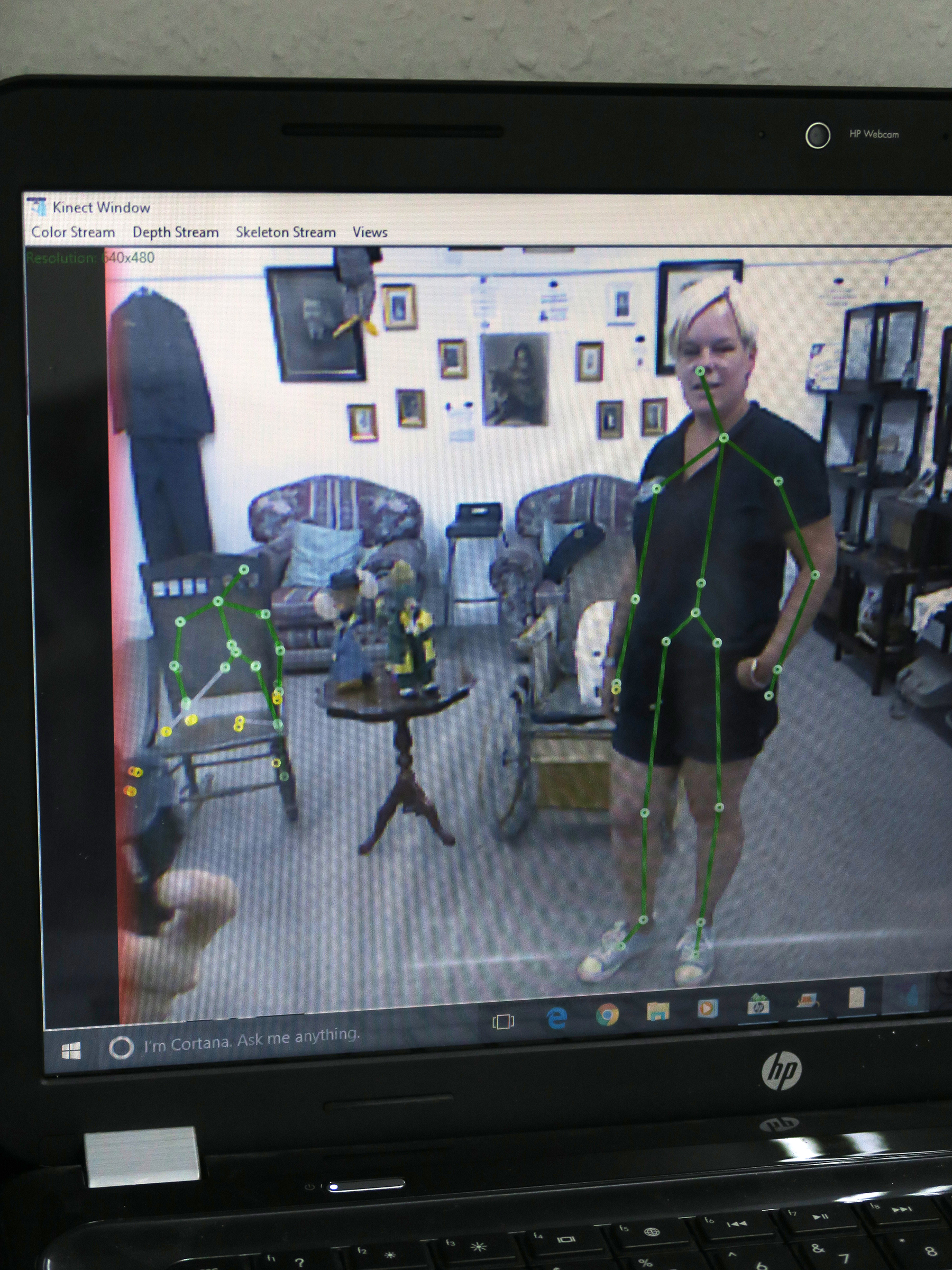
A little guy appeared on the screen. And not just hovering around being an obvious glitch. It was chilling in a rocking chair with one leg crossed over the other.
It sat, flailing its leg about, for about 30 seconds before disappearing.
It genuinely made me feel weird. The placement of the figure in the chair felt too specific for it to be a random error. Though I was still looking at it through a Scully-tinted lens, mentally cycling through explanations about swamp gases and hypnotism and weather balloons, there was a part of me that started fantasizing about claiming the hundreds of thousands of dollars that are available to people with proof of the paranormal and changing the world with my proof of an afterlife.
But, unfortunately, it turned out to be bullshit.
When I got home, I googled and saw that Kinect cameras are a pretty common tool in the ghost-hunting world, and regularly display mystery skeletons like the kind I saw. Microsoft, the makers of the camera, didn’t respond to my request to interview someone who could explain how they work, but Kenny Biddle of the Committee for Skeptical Inquiry did a pretty lengthy investigation into their use in ghost hunting last year.
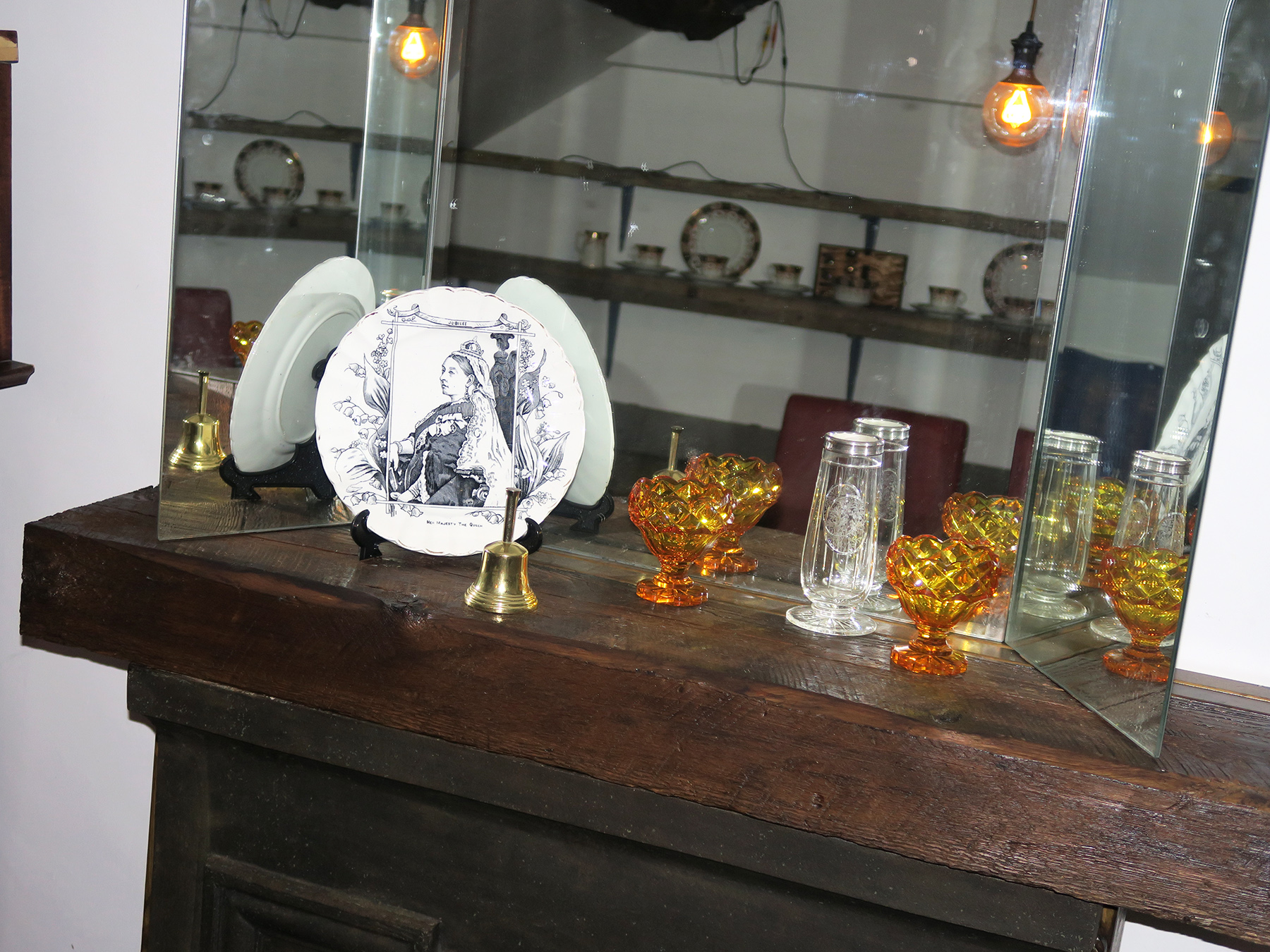
His findings are way too dense to properly go into here, but the gist is that the cameras are, essentially, guessing where people are based on algorithms, and those algorithms are not always perfect. Especially when the camera has been set up in an area that doesn’t meet the camera’s “playing area” guidelines (the room at the museum seemed much bigger than the recommended 12’ by 12’). The skeletons pretty regularly appear to be sitting in chairs.
A lot of the research equipment at the center was in the same boat. The REM pod, the divining rods, the EMF detector—all have been pretty convincingly debunked, their ghost-detecting abilities shown to be glitches. Yet all are commonly used in ghost hunting. Some might argue that they’re used by ghost hunters because of the glitches.
But then, that evening, riding on a wave of smugness from my google-debunking,I started to feel like shit. Like, really tired, with some weird stuff going on in my stomach and chest.
Could it have been that the curse was real? That the voodoo doll had come to get me?
I guess it could, yes. But it also could’ve just been indigestion.
Follow Jamie Lee Curtis Taete on Instagram.
This article originally appeared on VICE US.